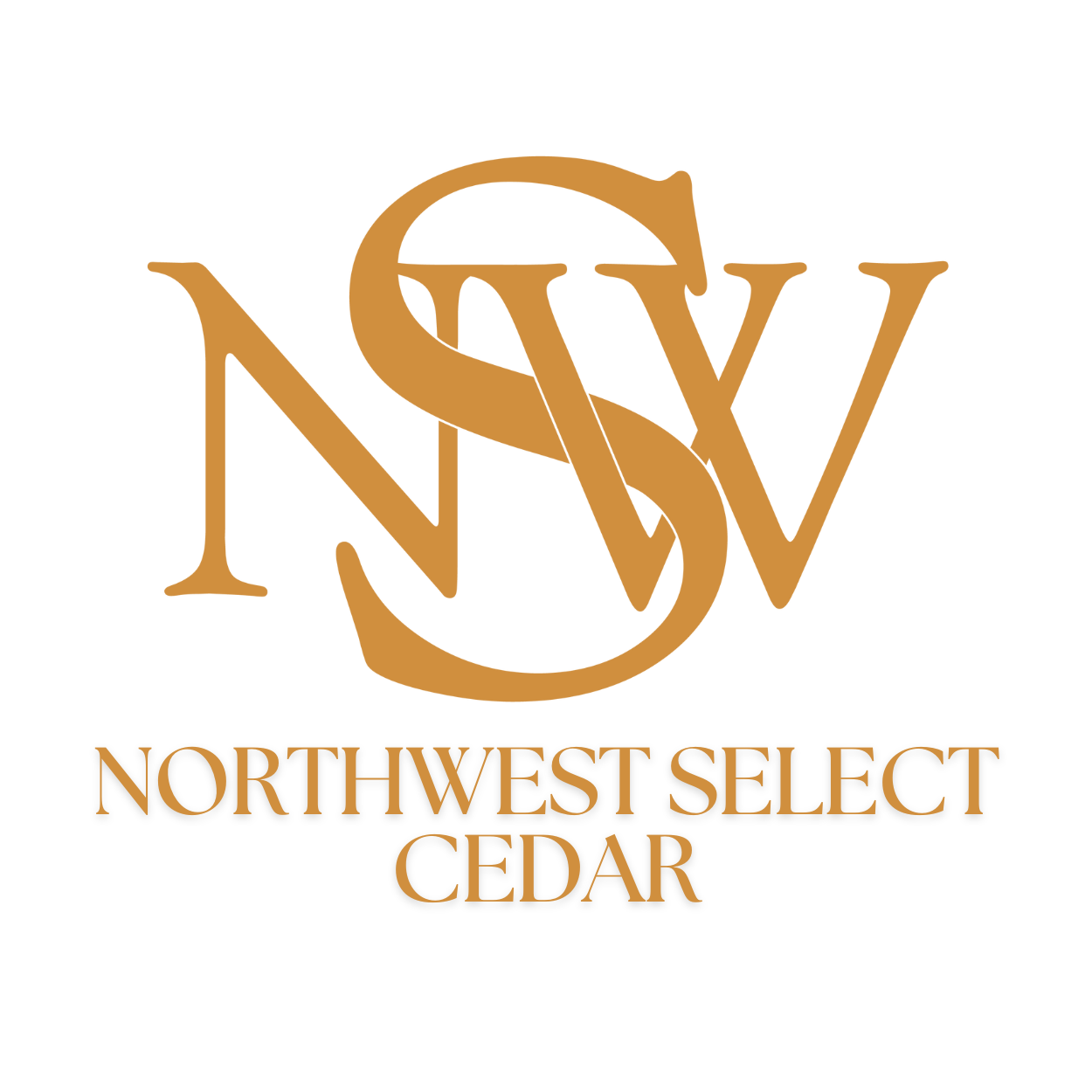When it comes to purchasing lumber for custom home projects, there are two main options: buying from a lumber yard or purchasing mill-direct. While lumber yards offer convenience and a wider variety of materials, purchasing mill direct lumber has become increasingly popular among custom home builders and for good reason. In this article, we will explore the benefits of mill direct lumber purchasing over lumber yard purchasing for custom home projects.
Quality Control
Purchasing mill direct lumber allows for greater quality control. Sawmills can ensure that the lumber they produce meets strict standards for grading and is free from defects such as knots, warping, and splitting. This means that custom home builders can expect higher quality and more consistent materials when purchasing mill direct.
Lower Costs
Mill direct lumber purchasing can also lead to lower costs. By eliminating the middleman, custom home builders can negotiate prices directly with the mill direct manufacturer. Additionally, mill direct manufacturers often have lower overhead costs than lumber yards, which can translate into cost savings for the buyer.
Customization
Mill direct manufacturers offer greater flexibility when it comes to customization. Custom home builders can work directly with the mill direct manufacturer to request specific sizes, shapes, and finishes for their lumber. This can be particularly advantageous for unique or specialized projects that require non-standard dimensions or materials.
Sustainability
Purchasing mill direct lumber is also a more sustainable option. Mill direct manufacturers often use sustainable forestry practices, ensuring that the lumber is harvested in an environmentally responsible manner. Additionally, purchasing locally sourced lumber can reduce the carbon footprint of the project by minimizing transportation distances.
Personal Relationships
Building a personal relationship with a mill direct manufacturer can be beneficial for custom home builders. By establishing a direct connection with the mill direct manufacturer, builders can gain access to insider knowledge and advice about the best materials and practices for their specific project. This can also lead to more personalized customer service and support.
Purchasing mill direct lumber offers many benefits over lumber yard purchasing for custom home projects. With greater quality control, lower costs, increased customization, sustainability, and the opportunity for personal relationships, mill direct manufacturers provide custom home builders with a superior lumber purchasing experience. While it may require more effort and coordination, the rewards of working directly with a mill direct manufacturer can be well worth it in the end.
